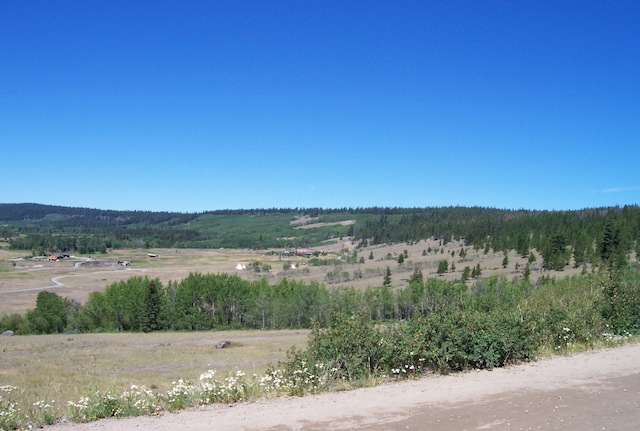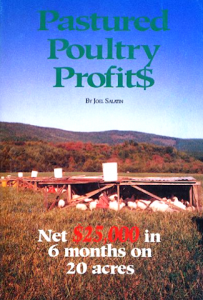
This is Rafter 25 Ranch the base for pasture-to-plate.com. This is a beautiful example of the Chilcotin Plateau with its wide open spaces and low population density.
This summer I had the great pleasure of visiting the Chilcotin Plateau. We traveled through historic Gang Ranch, reputed at one time to be the largest ranch in the world, controlling four million acres. Dale Alsager wrote a book called The Incredible Gang Ranch. Dale Alsager talked about the problems facing the modern rancher. He felt the only way for a ranch to survive and be profitable in the present bureaucratic environment was to control the whole food system including: production, processing and distribution. Considering the modern complexity of completely controlling a food distribution system, I have rarely seen a small family-run company capable of this task. Pasture-to-Plate.com is one example.
Pasture-to-Plate.com was started by Felix and Jasmin Schellenberg, owners of Rafter 25 Ranch, located just north of Redstone, BC. Their ranch is beyond organic, chemical free, biodynamic and pasture based. The family has lived on the ranch for over 28 years. This is the “pasture” part of the business.
Felix and Jasmin Schellenberg have three daughters: Dominique, Barbara and Fiona Schellenberg which run different parts of the family business. Dominique runs Chezacut Wilderness Adventures, an ecotourism part of Rafter 25 Ranch. Barbara and Fiona help run the Drive Organics Retail Outlet and Ethical Kitchen and out of Vancouver, BC. This is the “plate” part of the business. These “spin-off” businesses have been described by Arthur Koestler and later Joel Salatin as holonic development.
Recently, I drove up to Redstone, BC for the grand opening of the Chilcotin Harvest Abbattoir. This is a beyond-state-of-the-art slaughtering facility. This facility has been the dream of Felix and Jasmin Schellenberg for many years. Big projects like this do not happen without help. The Schellenberg family enlisted the help of a Master Butcher from Switzerland. Jakob Jud moved his whole family to Redstone, BC and they all work at the abbattoir.
The Schellenberg family have a deep appreciation of the suffering of animals and want the animals to be as comfortable as possible before slaughtering. Long distance shipping is very stressful for animals so slaughtering on the ranch or very near the ranch is ideal. It’s also cost effective. (Unfortunately, our government regulators are not as concerned about the welfare of your dinner.) The amount of government regulation the family would have had to contend with boggles the mind. Controlling the processing of the food was the final part of the chain. This is the “to” part of the business.
I had a chance to try some of their products. I tried European-style Wieners, Bratwurst, Pepperoni, Bresaola, Land j?ger, Jerky, and pork lard. If you are looking for cheap food, you will not find it here. If you want the highest quality product, made with organic additives, by extremely skilled people, this is the place to buy. Barbara Schellenberg is the Weston A Price Foundation Chapter Leader for Vancouver, BC so the family values nourishing traditional food preparation methods. Their products are traditional. Try their wieners if you want to know what a wiener should look and taste like.
If you follow the Specific Carbohydrate Diet please be careful to read the ingredient list. Their ingredients are the best you will find commercially but could cause problems for sensitive people. Just because the food is organic, pasture based, and made by knowledgeable people doesn’t mean the food will be problem free. I reacted to those same delicious wieners. It is possible something in the “organic spice mixture” was the problem. If you interested in what kind of additives can be put into an “organic spice mixture” please read Canadian Organic Standards: 32.311 Permitted Substances Lists. Be warned, it is a long document.
If you would like to read more about holonic business development please read two articles in the Stockman Grass Farmer: Ghost in the Machine and 50 Steers a Year is a Good Living. In the case of Pasture-to-Plate.com the “mother-ship” is the Rafter 25 Ranch.


